Disclosure: In any review for a product or service, products or compensation may have been provided to me to help facilitate my review. All opinions are my own and honest. I am disclosing this in accordance with FTC Guidelines. Please see “Disclose” and "Terms of Use" tabs for more information.
The National Honey Board sponsored this post and provided the opportunity to visit an apiary and bottling factory to learn more about the #StoryOfHoney. All thoughts and opinions are mine.
What are your thoughts about honey? Delicious, right? Did you ever wonder how your favorite flavor, gets to the grocery store? Sure you know it comes from bees, but you can’t quite figure the rest of it out, can you?
Voted 2015 Flavor of the Year by Firmenich, honey is a versatile culinary ingredient that contains one ingredient: honey. Honey is made from nectar, gathered by honey bees from flowering plants. How, you might ask? On a recent trip to the Midwest, I discovered the secret behind honey’s goodness.
The honey process begins on a bee farm run by apiarists. Apiarists are bee farmers.
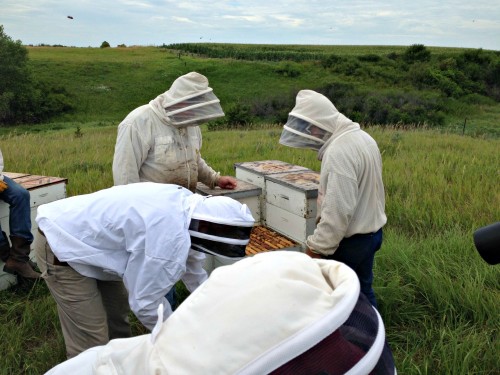
Bee farms are busy places and an excellent source of education. At a buzzing farm near Sioux Falls, South Dakota bees feed on certain flowers to produce certain flavors, called, varietals. To find a varietal in your area, visit www.honeylocator.com. You’re probably most familiar with clover or orange blossom honey, as those varietals are popular. There are more than 300 varietals in the United States; enough flavor to enhance every recipe.
Whatever flower the bees feed on turns into the flavor of the honey. Some honey contains one flavor only, and some honeys contain a myriad of flavors. It’s best to have your own taste test to determine which flavors you like best. The colors may range from nearly colorless to dark brown, the flavor may vary from delectably mild to distinctively bold, and even the odor of the honey may be mildly reminiscent of a flower.
The honey bees live in hives on the farms.

They deposit the nectar from the flowers into honeycombs. These honeycombs are removed and the extraction process begins. Byproducts from these honeycombs include honey and wax, which is used for candles. The honeycomb frames from the hives are placed in a giant machine called an extractor that spins, forces the honey out, and is collected.
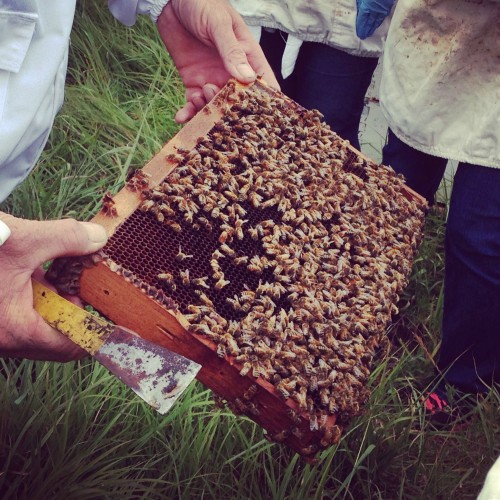
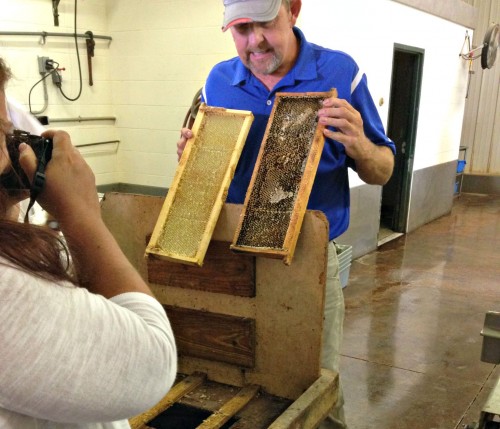
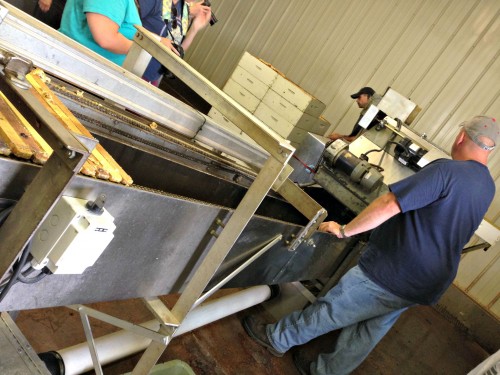
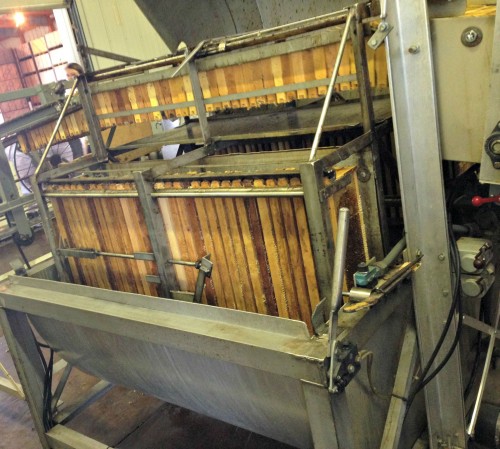
This honey is then poured into giant tanks and shipped to a bottling facility.
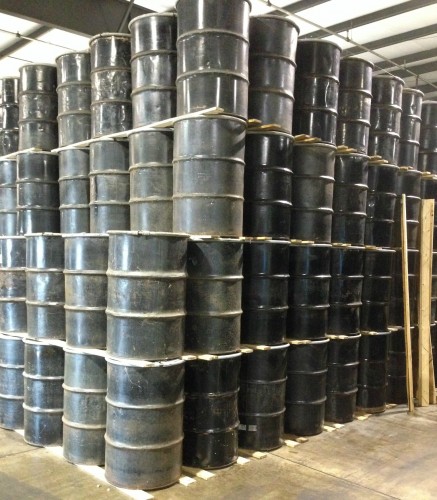
At the facility the honey is cleaned. It is strained many times to remove impurities.
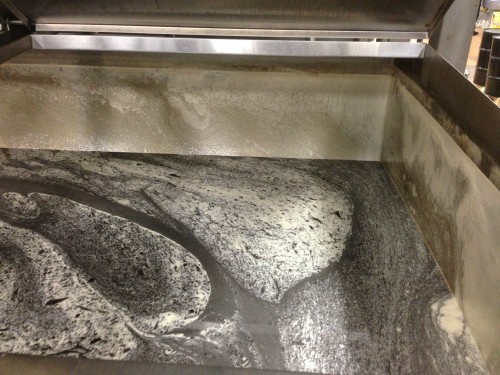
Once the honey is free from impurities, it is poured into different size containers depending on where it’s going.
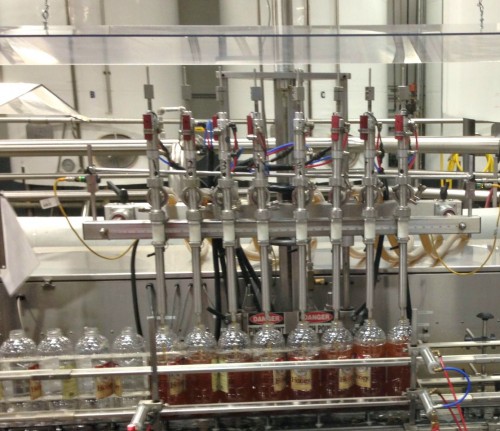
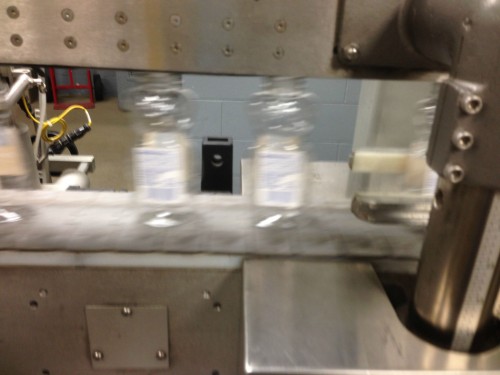
If the honey is going to a be mixed into cereal or cake mixes, for example, then it is poured into giant plastic boxes or metal drums. If the honey is going to your local grocery store, then it is poured into smaller receptacles, like the ubiquitous honey bear on your local supermarket shelf. For more background about the source and to hear from beekeepers and other experts, visit: www.storyofhoney.com.
Not surprisingly, honey is one of the most versatile flavors to cook with. Did you know that honey is naturally anti-microbial, which helps to resist spoilage and extend shelf life? Dig that old honey bear from the back of your spice cabinet and reuse it: if your honey begins to crystallize, gently warm it and stir periodically until crystals dissolve. Boom! Ready for cooking. Once you’ve located your favorite honey, visit www.honey.com for recipe ideas, videos, and tips to incorporate honey into your meals. Honey can substitute for other sweeteners, added to sauces, and masks the bitterness of gluten free flours.
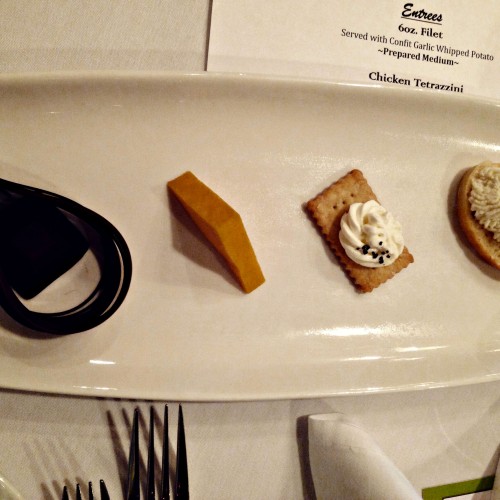
And let’s not forget drinks! Honey is great is hot drinks like tea (I like mine in coffee) but it can also be used in lemonades, fruit punches, iced teas, and cocktails. You’ll have to heat the honey a little bit in order to get it to mix with the other liquids first (Remember back to 9th grade science or refer to a cookbook on why honey doesn’t work well when it’s cold.). There’s nothing that honey can’t improve the taste of.
So the next time you’re at the supermarket or shopping your local farmer’s market, look for a new flavor of honey to try; you might discover your new favorite flavor. Remember; do not give honey to children until they are older than one year. Don’t forget, honey is a natural cough suppressant.
















I love honey, and use it for cooking all the time. It really is a great tasting in my coffee, and tea! And honey is so much healthier than regular sugar.
It was so great to meet you and there was so much information shared with us! You did a great job recapping it. Hope you’ve had a delicious and delightful return back home. Have a great week! – Rachel
This is a great post indeed with information I didn’t know. I didn’t know the flavor of the honey comes from the nectar the bees get from the flowers. I find this so interesting indeed. Thanks for sharing.
I didnt know that what type of honey depends on the type of flower the bees get the nectar from.Honey has lots of nutritional values and its also good for the hair and skin.
I do enjoy honey in my tea and even coffee. This is very interesting to learn about the process.
I’ve always loved honey and do have a favorite brand! By the way it is great for sore or dry throats–as a matter of fact I am about to go and take a tablespoon or two–my throat is both dry and sore right now!
I loved learning about honey and all of its properties and flavors. It’s always exciting to learn about a product you use everyday!
I love honey! It’s a great alternative to sugar, and it lasts forever. I didn’t even think about how the flavor changes depending on what flowers they pick..